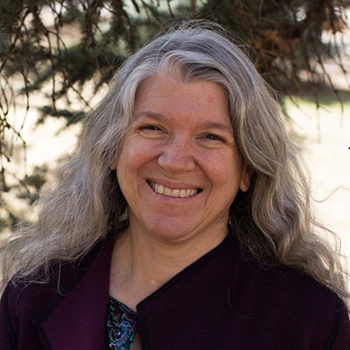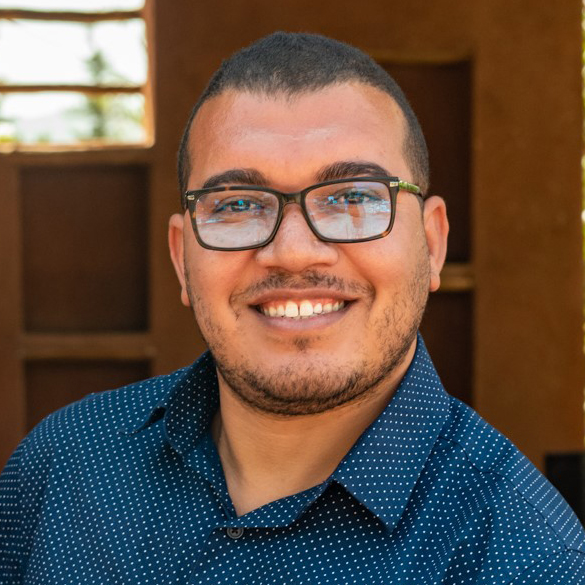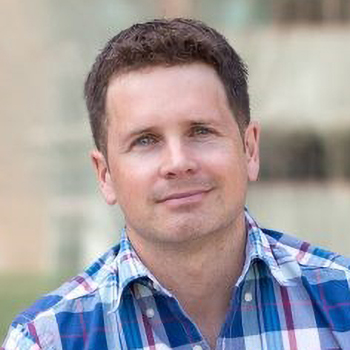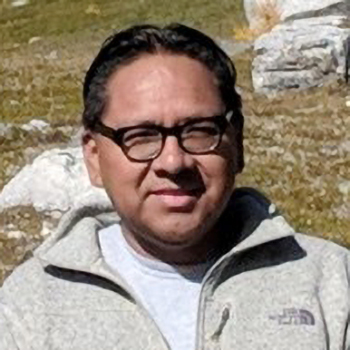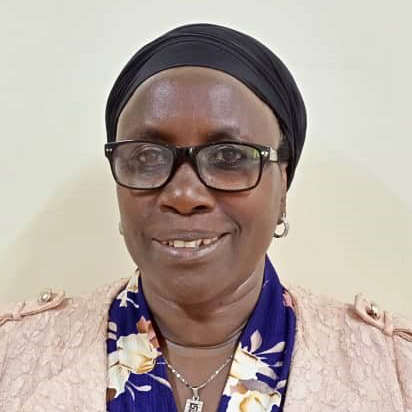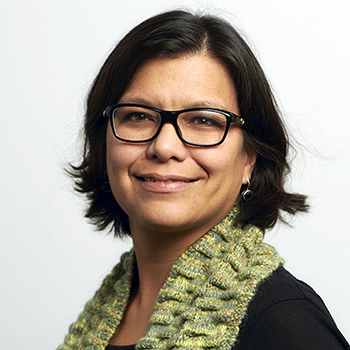Working with Indigenous and local knowledge holders is crucial to conserving mountain landscapes. It can provide the systemic approaches needed to reconcile human wellbeing with nature conservation. From a decolonial perspective, it is also fundamental to creating just conservation initiatives. In this online dialogue, MRD authors discussed their findings on these issues with Indigenous representatives, practitioners, and the audience. Key takeaways include the importance of coleadership and meaningful, respectful relationships.
Opening the second event of the MRD Talks series, MRD Associate Editor and talk moderator, Sarah-Lan Mathez-Stiefel, highlighted the key role of Indigenous and local knowledge in biodiversity conservation, local livelihoods, and adaptation to social-ecological changes. With cases from Canada, Aotearoa/New Zealand, Morocco, and Uganda, this online dialogue offered an opportunity to learn from experiences and explore effective and just conservation policies and practices that respect and build on the knowledge of Indigenous Peoples and local communities.
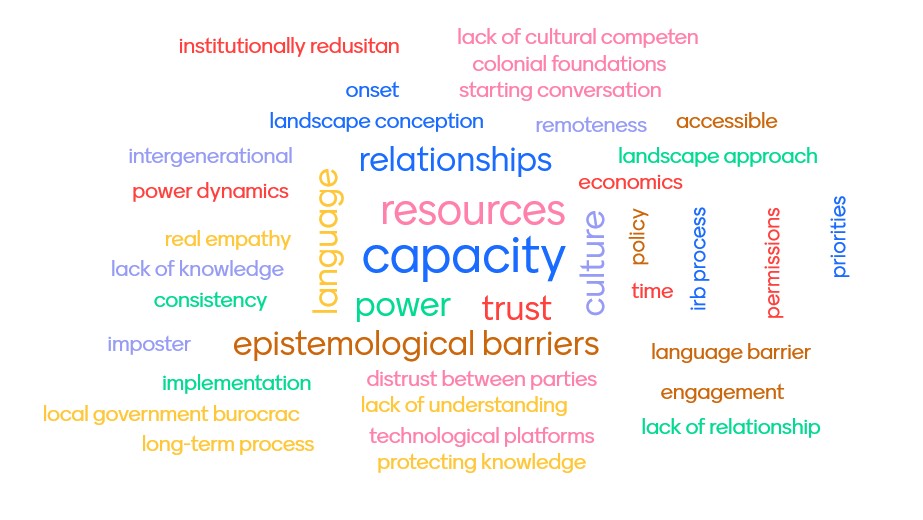
Participants in the MRD Talk responded to the question: “Based on your experience, what are the main challenges in engaging with Indigenous and local knowledge for the conservation of mountain landscapes?” Resources for capacity building and engaging in meaningful relationships to establish trust among relevant parties were the most mentioned challenges.
Ilemchane people in the High Atlas of Morocco practice transhumance and hold in-depth knowledge of forage plants and pasture management. This traditional ecological knowledge shapes their practices and institutions, but it is threatened by climate change, pressure to settle, and lack of services in remote areas. Drawing on her study published in MRD, María E. Fernández-Giménez, senior research scholar and retired professor at the Department of Forest and Rangeland Stewardship, Colorado State University, USA, launched the conversation by emphasizing the potential of transhumant adaptive strategies. These include mobility, storage, resource pooling, reciprocity, and diversification, to sustain the livelihoods of Ilemchane people—their herds and pastures—and, in doing so, to offer resources for future innovation and adaptation (Fernández-Giménez et al 2022).
The importance of traditional practices in promoting the conservation of cultural landscapes was confirmed by Soufiane M’Sou, cofounder of the Moroccan Biodiversity and Livelihoods Association. He works as Regional Director of their Central High Atlas program and is focal point for Indigenous and Community Conserved Areas (ICCAs). He highlighted the value of exchange and mutual learning among ICCAs to strengthen governance and customary practices, and of advocacy for the recognition of traditional ecological knowledge. In addition to these national-level activities, he emphasized the need to continue monitoring biodiversity at the level of individual pasture areas as well as codeveloping community action plans for livestock and pasture management and conflict resolution.
Courtney W. Mason, professor and Canada Research Chair in the Natural Resource Science and Tourism Management departments at Thompson Rivers University in British Columbia, showed how the national park systems implemented by Commonwealth countries historically hindered Indigenous People’s access to ancestral land, while legislation suppressed Indigenous cultures. He discussed his research, published in MRD, on Indigenous Protected and Conserved Areas in Canada as well as legal personality and rights for nature in Aotearoa/New Zealand. This underlined that such approaches have great potential to help foster alliances and navigate political corridors for the benefit of both mountain landscapes and Indigenous communities. However, Indigenous People must be meaningfully included in decision-making for protected area creation, management, and implementation. Ideally, Indigenous People should colead these efforts to avoid the replication of colonial power structures (Mason et al 2022).
The imperative to look at landscapes not just from a Western scientific perspective but also from the perspective of Indigenous knowledge was likewise stressed by Mason’s coauthor Bill Snow. He is a member of the Goodstoney First Nation of the Stoney Nakoda Nations and acting director of Consultation for Stoney Tribal Administration, in Alberta, Canada. He presented insights from a cultural assessment of a pilot project to reintroduce bison in Banff National Park. The assessment included cultural monitoring and traditional knowledge, and highlighted the importance of conserving Indigenous knowledge about bison and the local landscape.
Penninah Zaninka, coordinator for the United Organisation for Batwa Development in Uganda (UOBDU), a nongovernmental organization based in Kisoro District, Southwest Uganda, talked about the Batwa People in Uganda. The Batwa were traditionally hunter-gatherers, who were evicted from their lands and forests when Bwindi and Mgahinga National Parks were created in 1991. As a result, the Batwa no longer have land ownership; today, half of them are landless, the other half are squatting or living on land purchased by nongovernmental organizations. Contrary to the cases presented by the other panelists, the role and value of knowledge held by the Batwa are not considered at all in protected area management. Zaninka emphasized the need to improve the relationships between local governments, park managers, and the Batwa for their inclusion in park management. She also stressed the urgent need to build capacity, provide access to ancestral lands and worshiping sites, and to document and value the traditional knowledge held by Batwa people.
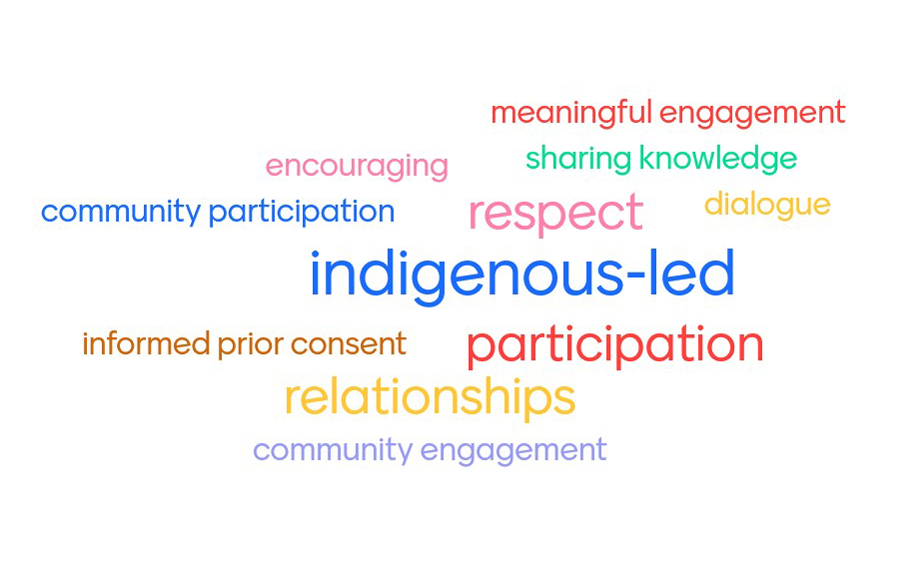
“What are your take home messages on engaging with Indigenous and local knowledge for the conservation of mountain landscapes?” Participants were asked to reflect on their learning from the MRD Talk. The key roles of community participation and meaningful, respectful relationships were mentioned as key takeaways.
In summing up the session, Sarah-Lan Mathez-Stiefel concluded that despite the great differences in the level of recognition of Indigenous or local knowledge among the cases presented, the dialogue highlighted 3 common imperatives:
- Recognize the rights of Indigenous and local communities: they must have access to their land and be meaningfully included in decision-making.
- Work with Indigenous and local communities to codevelop economic activities that can support their livelihoods and use of land.
- Recognize Indigenous and local cultures as a whole, including epistemologies and worldviews—which means including Indigenous and local knowledge in science, for better and more ethical results and recommendations for policy and practice.
Overall, MRD Talk #02 offered an opportunity to jointly learn and exchange ideas on how we can all work together to conserve mountain areas worldwide.
Panelists
Moderators
Resources
MRD articles discussed
- Fernández-Giménez ME, El Aich A, El Aouni O, Adrane I, El Aayadi S. 2021. Ilemchane transhumant pastoralists’ traditional ecological knowledge and adaptive strategies: Continuity and change in Morocco’s High Atlas Mountains. Mountain Research and Development 41(4):R61–R73.
- Mason CW, Carr A, Vandermale E, Snow B, Philipp L. 2022. Rethinking the role of Indigenous knowledge in sustainable mountain development and protected area management in Canada and Aotearoa/New Zealand. Mountain Research and Development 42(4):A1–A9.
Further resources
- Global Diversity Foundation and Moroccan Biodiversity and Livelihoods Association. 2022. Placing the High Atlas on the Global Map: Experiences and Insights From a Cultural Landscape Approach to Conservation and Human Wellbeing. Canterbury, UK: Global Diversity Foundation and Moroccan Biodiversity and Livelihoods Association.
- Enhancing the reintroduction of plains bison through the inclusion of cultural monitoring and traditional knowledge in Banff National Park (project information and final report with recommendations)
- United Organisation for Batwa Development in Uganda (organization’s website)



